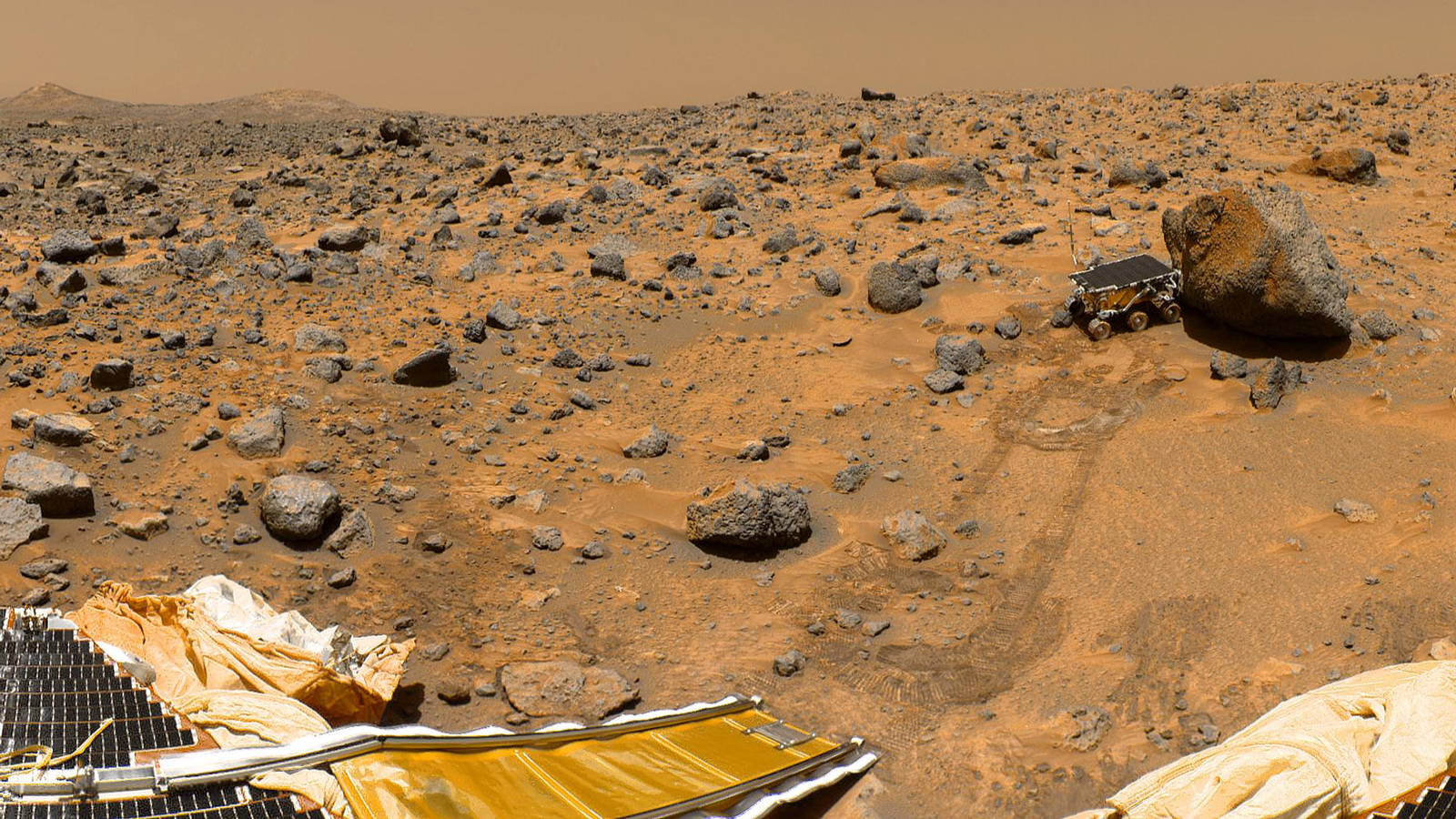
The observations were made by Lucy's high-resolution camera, the L'LORRI instrument-short for Lucy LOng Range Reconnaissance Imager-provided by the Johns Hopkins Applied Physics Laboratory in Laurel, Maryland. Celestial north is to the right of the frame, which is about 74,500 miles across (120,000 km).
NASA IMAGES FULL
PIA25628: Three-Telescope View of the Sun Full Resolution: TIFF (8.903 MB) JPEG (. At this distance, Dinkinesh is only 19 magnitude, about 150,000 times fainter than that star. The NASA Worldview app provides a satellites perspective of the planet as it looks today and as it has in the past through daily satellite images. This composite image of the Sun includes high-energy X-ray data from NASAs. The brightest star in this field of view is HD 34258, a 7.6 magnitude star in the constellation Auriga that is too dim to be seen by the naked eye from Earth.

Dinkinesh will remain an unresolved point of light during the long approach and won't start to show surface detail until the day of the encounter.
NASA IMAGES DOWNLOAD
Users can download content in multiple sizes and resolutions and see the metadata associated with images, including EXIF/camera data on many images. Lucy will continue to image the asteroid over the next months as part of its optical navigation program, which uses the asteroid's apparent position against the star background to determine the relative position of Lucy and Dinkinesh to ensure an accurate flyby. NASA Image and Video Library, serving up consolidated imagery and videos in one searchable location. This latest image of Jupiter, taken by the NASA/ESA Hubble Space Telescope on 25 August 2020, was captured when the planet was 653 million kilometres from Earth. Webb’s First Deep Field is galaxy cluster SMACS 0723, and it is teeming with thousands of galaxies including the faintest objects ever observed in the infrared. The Lucy team will use this encounter as an opportunity to test out spacecraft systems and procedures, focusing on the spacecraft's terminal tracking system, designed to keep the asteroid within the instruments' fields of view as the spacecraft flies by at 10,000 mph (4.5 km/s). NASA’s James Webb Space Telescope has delivered the deepest and sharpest infrared image of the distant universe so far. Over the next two months, Lucy will continue toward Dinkinesh until its closest approach of 265 miles (425 km) on Nov.

Lucy took these images while it was 14 million miles (23 million km) away from the asteroid, which is only about a half-mile wide (1 km). brings you the latest news, images and videos from America's space agency, pioneering the future in space exploration, scientific discovery and aeronautics research.


 0 kommentar(er)
0 kommentar(er)
